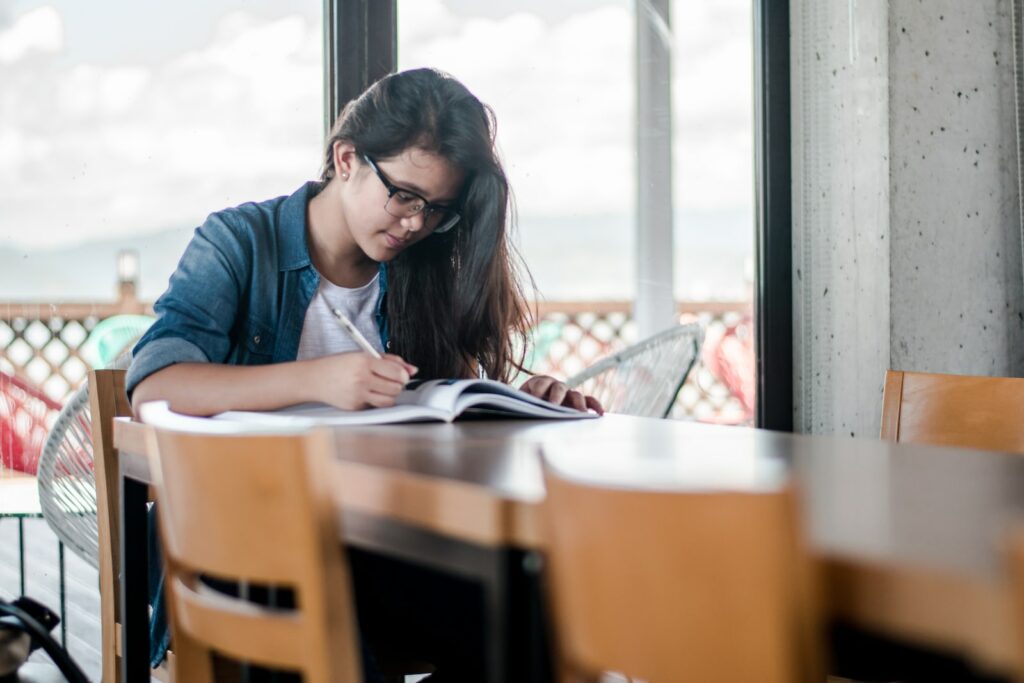Embarking on the quest for knowledge, students often find themselves navigating through a dense forest of study methods, each promising the path to academic enlightenment. But what does science say about the most effective ways to learn?
Like alchemists turning lead into gold, educational psychologists have identified key strategies that can transform the way we absorb, retain, and apply information. Let’s delve into the alchemy of learning, uncovering the science behind effective study techniques and exploring why they work.
Contents
Unveiling the Mysteries: Evidence-Based Study Strategies
In the realm of learning, not all study techniques are created equal. Imagine a garden where different plants represent various study methods; some flourish and bloom under the right conditions, while others wither away. Science tells us that techniques like spaced repetition and retrieval practice are the robust perennials of this garden, thriving and yielding the fruits of knowledge.
Spaced Repetition: The Art of Timely Review
Spaced repetition is akin to watering your plants at optimal intervals; too much or too little, and they fail to thrive. This method involves reviewing material over increasing periods of time, allowing the brain to encode information more deeply with each review. Why does it work? It leverages the psychological spacing effect, which suggests that information is more easily recalled when study sessions are spaced out rather than crammed in a short period. This technique builds a durable memory trace, turning fleeting facts into lasting knowledge.
Retrieval Practice: Summoning Knowledge from the Depths
Retrieval practice, or the act of recalling information without the aid of study materials, is like diving into the ocean to bring treasures to the surface. Each dive strengthens the swimmer and makes the treasures easier to find. Science shows that actively retrieving information enhances and strengthens memory, making it a powerful tool for learning. It forces the brain to work harder to recall information, thereby making the memory stronger and more accessible in the future.
The Magic of Elaborative Interrogation and Interleaving
Beyond the well-trodden paths of spaced repetition and retrieval practice lie the enchanting realms of elaborative interrogation and interleaving—techniques that weave complexity and variety into the tapestry of learning.
Elaborative Interrogation: Weaving Facts into Stories
Elaborative interrogation is the process of asking “why” questions to connect new information to existing knowledge. It’s like spinning a web where each strand connects new facts to the vast network of what you already know. By integrating new information into the broader context of existing knowledge, this technique makes memories more accessible and meaningful.
Interleaving: The Dance of Diversity
Interleaving practice involves mixing different topics or subjects in order to improve learning. Imagine a dance where changing partners enhances your ability to adapt and learn new steps. This technique helps the brain make connections between different ideas, improving problem-solving skills and the ability to apply knowledge to new situations.
In Conclusion: The Symphony of Effective Learning
The science behind effective study techniques reveals a symphony of strategies, each playing a crucial role in the orchestra of learning. Like musicians in an orchestra, these methods work best in harmony, enhancing the richness and depth of our knowledge. By understanding and applying these evidence-based techniques, students can unlock the full potential of their cognitive abilities, transforming the challenge of learning into an adventure of discovery.






